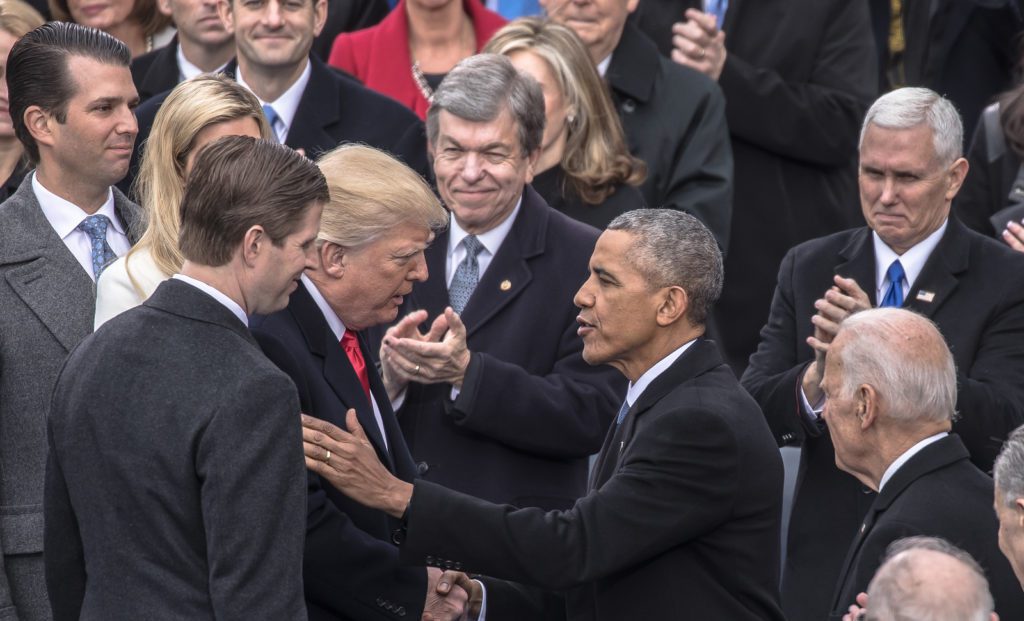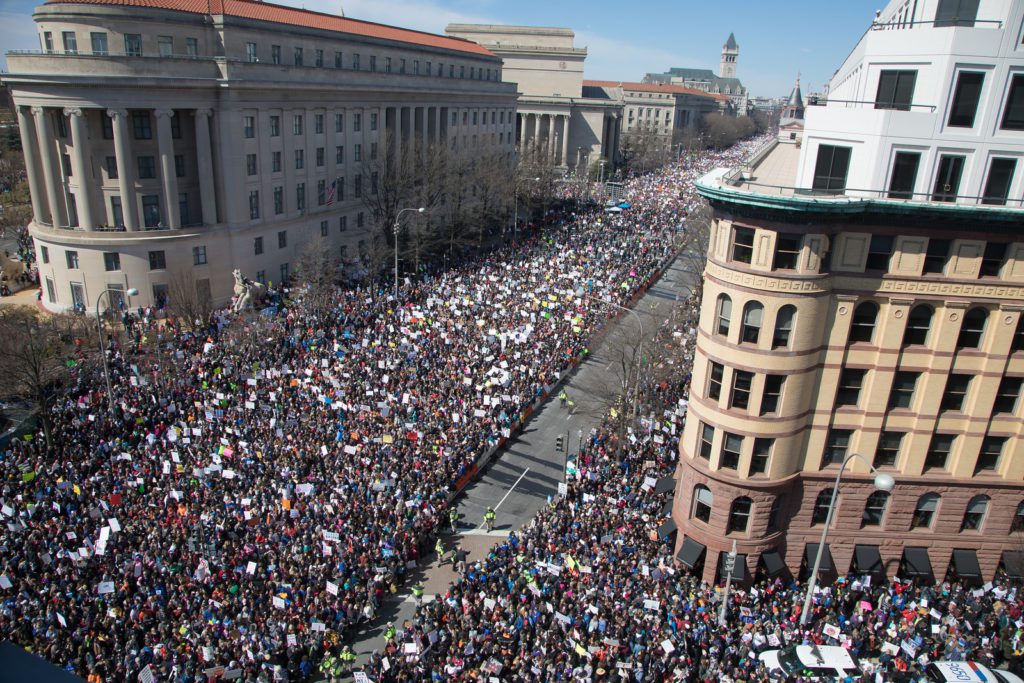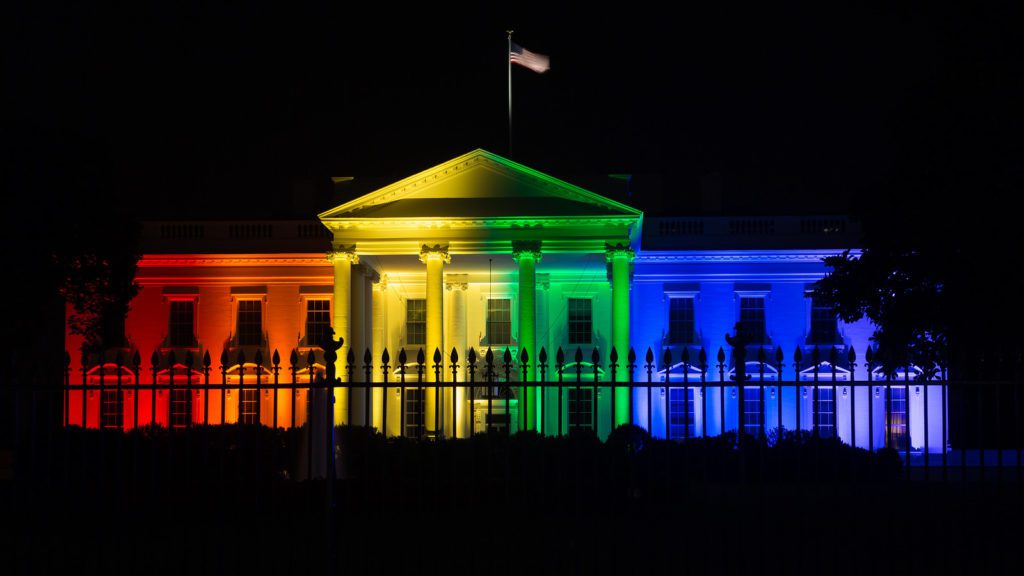Life at the Climax of a Decade
By • December 18, 2019 0 797

It’s late December in the year 2019 and on some surface level all things look normal, or maybe it’s just beginning to look a lot like Christmas.
That’s the time of year when media mavens of all sorts and delivery systems — from the remaining shrinking stock of print publications large and small to television networks and social media platforms — take a deep breath and hit Wikipedia to look back, across the warp time of the past 12 months.
This year, like some added burden, we also take stock of not only the previous year, but the decade that is ending. Yes, 2020 is just around the corner, and that must signify something.
Turns out that the task at hand is impossible, because the time between then and now seems even longer than it really is. Those of us who were arguably some form of adult in 2010 feel weighted down by the almost unbearable fastness of being and living at the end of the decade.
The almost light speed by which we receive the news of events and change is one of the key themes of the decade. If you had to name some of the key elements that have surfaced in our lives and in how we conduct ourselves, it’s, in one word, technology, and, in several, social media: Facebook and Twitter, the unmooring and disconnection of information from our homes to our personal phones and our constant-companion machines.
A 16-year-old girl from Sweden was honored as Time Magazine’s “Person of the Year” for her eloquent and dramatic warnings and leadership on climate change. It was an honor afforded in 2016 to the newly and unexpectedly elected president of the United States, Donald J. Trump, who, characteristically, made snarky comments about Greta Thunberg on his Twitter account.
It’s fair to say that Trump’s election has changed the United States in dramatic, epochal ways in a short period of time. His arrival as president and on the world stage has brought the warp factors of chaos and confusion, the restless tone to our lives.
No matter how you feel about the man — and most people’s feeling are strongly held — his singular innovation as president has helped bring about a tectonic change in how the American body politic conducts itself. That innovation is his constant use of his Twitter account, his omnipresence in the social-media universe.
If you live with your devices and machines on social media, as a form of sending and receiving information, there is no real escape from the effects of Trump World — what he says on Twitter — which during the course of populist rallies more and more reminiscent of ancient Rome is transmitted to and by the media, pro or con, as fodder for the next day’s or even the next hour’s news.
If you’re trying to consider the impact of one whole year, as well as a decade, things become especially difficult if you’re having trouble digesting what happened last week, yesterday or an hour ago, let alone a year or 10.
One eye is on the need to make it to the next Best Buy sale or find last year’s Christmas ornament, while listening to or watching the charges of impeachment against the president.
This is true for many things — the next YouTube sensation, Beyoncé’s album rollout, the weather, mass shootings, cute cat videos and miscellaneous verbal outrages — but it is especially true for the effect of Trump and Trumpisms in a time where the phrase “social media is on fire” is as common as “go walk the dog.” “What just happened?” is a real thing, much more real than trying to remember what happened 10 years ago.
Consider the news sheet just in the past few days. At this writing, the House of Representatives, still somewhat freshly controlled by the Democrats, is rolling out the two-pronged articles of impeachment against President Trump, on the way to a committee vote to impeach. A House vote (or indictment) may come next week, amid late-night dog-and-cat fights on the floor.
The impeachment hearings and process dominated the news, accompanied often by the cacophony of commentators and the questioning of various federal government professionals, including officials from intelligence agencies and the State Department. In the background were the deeply discordant notes of gunfire, with violent crime rising across the country and in our own backyard.
With the intensity of the hourly and daily news and the Trump and Trump-supporter narrative of fake news, witch hunt, con job, kangaroo court and so on, dismissive and discursive, it was almost impossible to believe that we were living at the climax of a decade.
That decade saw the history-making second campaign and reelection triumph of the nation’s first African American president, Barack Obama, and, perhaps in reaction to that, the rise of a sharply conservative Tea Party movement on the right.

President Donald Trump chats with former President Barack Obama shortly after being sworn in. Donald John Trump, 70, was inaugurated as the 45th President of the United States at the U.S. Capitol under seasonably mild temperatures, cloudy skies and tight security on Friday, Jan. 20, 2017. Photo by Jeff Malet.
President Obama’s second campaign seemed almost normal in its conduct. The opponent was Mitt Romney, intelligent, with some heft in his career, including service as governor of Massachusetts. The result was much the same as in the prior election. Obama won handily in the end, although the exultation and self-congratulation among the American people for the breaking of the racial barrier was somewhat more muted.
The Democrats could have broken the glass ceiling in 2016, when everyone assumed that Hillary Clinton in her second attempt would win easily. To everyone’s shock, that didn’t happen. Politicians and citizens are still trying to figure out what happened; liberals and Democrats are still blinking a little, as if in a bad dream. Trump, the winner, still thinks he was cheated out of three million or so popular votes.
The decade was, in the end, not so much a decade of great events but an age of portents — sweeping changes in attitudes about race, gender and sexuality, including pink hats and the Me Too and Black Lives Matter movements. The political battles were about immigration and minority rights, include the right of gay people to marry.
MAGA, the Trump red-cap slogan, meant that his America would dominate the world’s stage while retreating from it and from standing Obama treaties, especially regarding the environment. The great tragedy of the Syrian war, with its hundreds of thousands of casualties, is not over, although the savage terrorist group ISIS, with its nationalistic ambitions, has been crippled.
There is, no question, an ongoing economic boom, as measured in Wall Street terms and low unemployment figures, spurred by low interest rates. Trump, as perhaps any president might, takes full credit for it. He can also take credit for making, enveloping and turning the GOP into the party of Trump. And, last but not least, he has characterized a free press as an enemy of the people.
And yet, we are in the midst of an impeachment battle over a phone call between the new president of Ukraine, still embroiled in a struggle to remain apart from its bristling neighbor Russia, and the president of the U.S., and an alleged effort to maneuver a foreign nation to help Trump investigate his potential political rivals at home. Congress intends, it appears, to impeach him for “high crimes and misdemeanors,” for “abuse of power” and for “obstruction of justice.” The details of the impeachment process as it plays out and perhaps swings to a swift (or not) trial in the Senate, where the GOP dominates, will engulf the news, the Twittersphere, the front pages and nightly news for days to come.
It may seem, for a time but not all time, that this decade began with the November 2016 election results.
For the rest of the news, for some good news, beyond the divisions that are hardening like a bad vein, we should look to the best parts of our diversities, the clarion-true moments in our history and in our inspirations, the good deeds done and shared in the 2010s, the daily dollops of laughter and music, richly shared, the patriotic songs, the rock and roll, the rap and the songs of protest.
After all, the cat and the dog in the cartoon strip “Mutts” are walking daily in the snow, debating the individuality of snowflakes as if they were Aristotle and Plato, Shakespeare and Tolstoy, your mom, your pop, the sages of everyday life, you and me.

At the “March for Our Lives,” hundreds of thousands of students and parents filled the streets of Washington, D.C., on Saturday, March 24, 2018, led by survivors of the Feb. 14 shooting at Marjory Stoneman Douglas High School in Parkland, Florida. Chanting “Never again” and “Vote them out,” kids and adults made passionate pleas for gun control, issuing a clear warning to politicians to pass meaningful legislation or face defeat at the ballot box. Photo by Jeff Malet.

The White House is lit up in rainbow colors in recognition of the U.S. Supreme Court’s ruling in favor of legalizing same-sex marriage on Friday, June 26, 2015. Photo by Jeff Malet.

